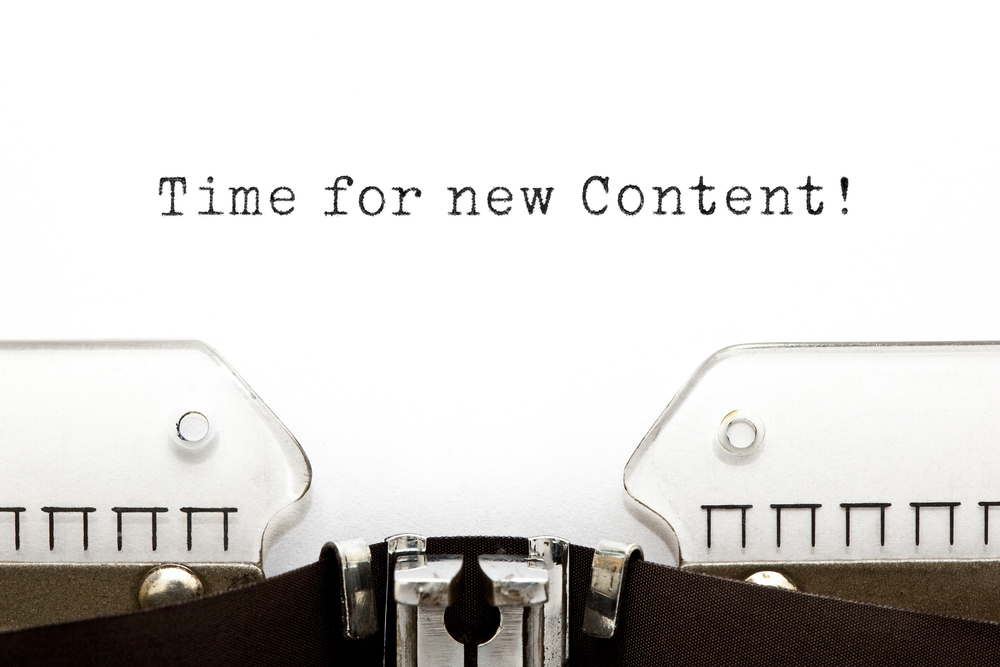
Every August, we say this: It’s time to start thinking about next year’s content plan. (And marketing plan, if you haven’t already done so.) And yes, we’re really saying it this year, too. We know — 2020 has been rough. And for a lot of us, planning even a few weeks in advance is hard, but every little bit of planning you can do will help.
Why so early? Well, in a very unscientific study of people I have worked with, people who plan their content in advance have teams that are less stressed out, produce better work and even save on their budgets by strategically repurposing content. And in a surely more scientific survey of marketers across North America, the Content Marketing Institute found that organizations that have a documented content plan in place are much more effective at content marketing than their unorganized counterparts. So don’t just take my word for it. Heed the advice of the experts.
If you want to hit the ground running in 2021, we recommend starting the process in August. If that seems a little premature, remember that creating a good content plan takes time — and input from stakeholders. And like it or not, the holidays aren’t far off. And oh, by the way, you also have to keep your daily tasks afloat during this time. So trust us when we say, August isn’t too early at all.
Here’s what your content to-do list should look like for the next few months:
August
These first few weeks are about analyzing data and gathering input. What you’ll want to do is reflect on the content you’ve produced and the campaigns you’ve launched so far this year. What was successful in your eyes and why?
Then spend some time with members of your team and stakeholders to find out what’s worked well and what’s missed the mark. What would they like to see be done differently next year and how? The more feedback and buy-in you can get upfront, the better.
September and early October
Spend September and part of October on the nuts and bolts of developing your plan and doing the creative brainstorming. But jotting down “diabetes video” for your March content isn’t enough. Content planning is about much more than assembling a content calendar.
Start by spelling out your content mission, goals and main messages. Then build a calendar that will fulfill your goals. And be specific. Include article descriptions, blog post topics and rough outlines for meatier pieces like white papers. Putting your all into this step will save so much time and money later on.
Late October
Be sure to leave enough time in October to get sign-offs from stakeholders, executives, your editorial board — anyone who needs to weigh in. And don’t forget to get approval on the budget, too! A robust content plan is great, but if you don’t get the dollars to support it, you’ll be back to square one.
November
As soon as you flip that virtual calendar to November, it’s time to start assigning your January content. There are just over eight weeks left in 2020, but when you subtract out holidays, vacation time, gingerbread house contests, cookie exchanges, end-of-year lunches, etc., you’re basically left with about a month of actual working days. And don’t forget, you’ll still need to keep your 2020 content rolling if that’s not yet complete.
When you look at it this way, 2021 isn’t all that far away now, is it? So tell your inner procrastinator to get to work. You’ll be so glad you did come January.
